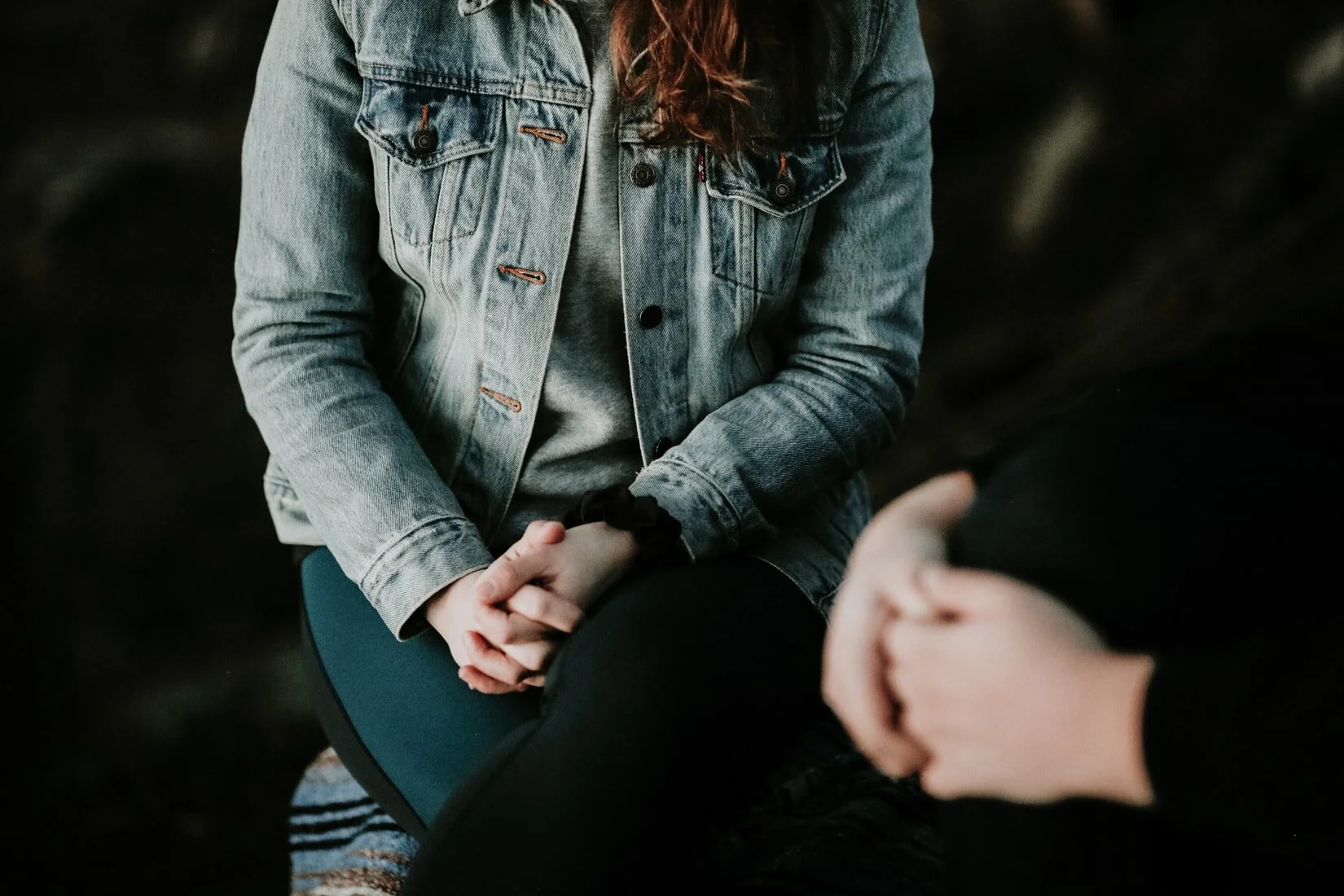How My Diagnosis Made Me Recognise The Many Misconceptions About PTSD
With 1 in 3 people in the UK being affected by PTSD, it often feels like a step back to know that not many people are aware of the multiple types and the ways in which it can affect people. Like many things in life, mental health is complex. Often, I find it ironic that the very complexity within the definition of ‘mental health’ can cause anxiety itself; I was always chasing for a name, or a number, or a statistic in regard to my diagnosis. I needed it to feel real, and that is where the inherent problem lies.
At 15 years old, I was diagnosed with Complex Post-Traumatic Stress Disorder in the itchy yet comforting chair of my therapist’s office in my high school, and this was later re-confirmed by a GP. It sounds strange to say that there was no ‘lightbulb moment’ when I heard of this diagnosis. I did not feel relief or peace, even though I could now put a label on my suffering. Like many, I had only ever heard of PTSD in regard to war veterans. In my head, I grappled with a long time about how I could be diagnosed with this in the middle of my GCSE’s, when I had only ever seen it presented in the violent context of war.
But that is what it is.
It is a disorder of the body and the mind, living in constant conflict and fear. When you look at it from that perspective, everything seems to fall into place. It has taken me years to be honest with myself and clear about why I suffer with this diagnosis; I didn’t feel ‘bad’ or ‘ill’ enough to have it. I was always thinking that there was somebody out there who suffered more, hurt more, went through more. Until I realised that I am that person, and that my trauma was, and is, valid. There is no comparison to make.
After my diagnosis, I became very aware of portrayals of PTSD in the media and in social contexts. I’d be in the sixth form common room and hear a “oh that gives me PTSD” ever so innocently uttered into a phone screen by someone in the booth next to me, and I couldn’t help but feel embarrassed. If only they knew that my trauma has a permanence in my life, and that it is not something I can stop at any point in time. I wish I could. I grew used to being aware of the excessively dramatized and unstable characters in TV dramas, with most of the tension in the 50-minute viewing coming from the anticipation in waiting for the character to lash out or have a breakdown. I guess they show the people what they want to see – right? A bit of drama…a bit of action.
Sometimes, PTSD symptoms can be like this. Outbursts are common, and as are panic attacks; they are horrible to experience, and I don’t know if I appreciate these symptoms being used as a little bit of drama for viewing. Yes, you may have other people’s attention and awareness, but through what means other than misconception?
It is what people don’t see which is the worst. These are the symptoms that are barely noticeable. These are the symptoms that are hidden behind a happy face and a confident front. There are so many more categories to the symptoms of trauma such as avoidance, numbing and re-experience; all of these things that I was never aware of. I was only ever aware of the very physical and outward symptoms; I never had outbursts or aggressive behaviour, and I very rarely had intense panic attacks. It is vital to remember that all symptoms are valid, even the ones you may not see being typically associated with PTSD.
When I started researching more about my disorder, looking back, it all began to click into place in my head. PTSD is the personal and individual way in which someone manifests and processes their trauma, and often, your symptoms mirror the trauma that has been experienced. Once, I even asked my councillor if I was doing it right. ‘It’ being my suffering. Was I suffering in the way that people, my friends, my doctors would expect me to? I look back at my 15-year-old self, and I can see how much my awareness on the topic has progressed, and how much I have grown in understanding my own trauma and what that means for me. That is all that should ever matter.
The truth of the matter is, there’s not – nor will there ever be – a ‘one-size-fits-all’ mould for PTSD. It is intensely complex and personal. Half the battle, for me, was just figuring it all out and understanding it myself; and whilst that did take me years, you do get there in the end and there is a light at the end of what feels like a never-ending road.
I find strength in my diagnosis now. I see myself at University as proof of being stronger than the trauma that I experienced as a child; I am thriving, but my diagnosis is with me. It is just as much a part of me as the colour of my hair, and it has taught me more about myself than I could have ever imagined.








